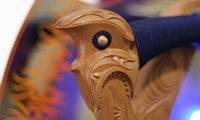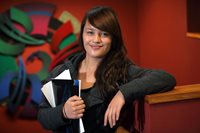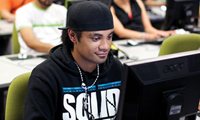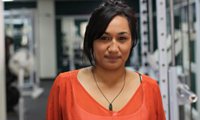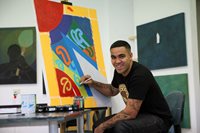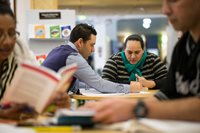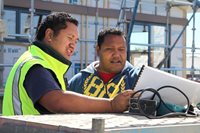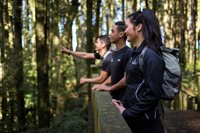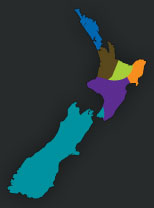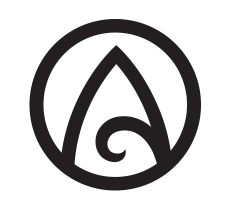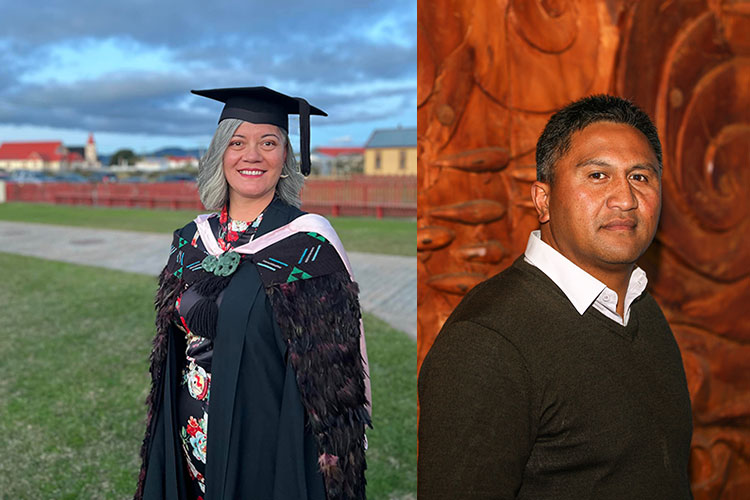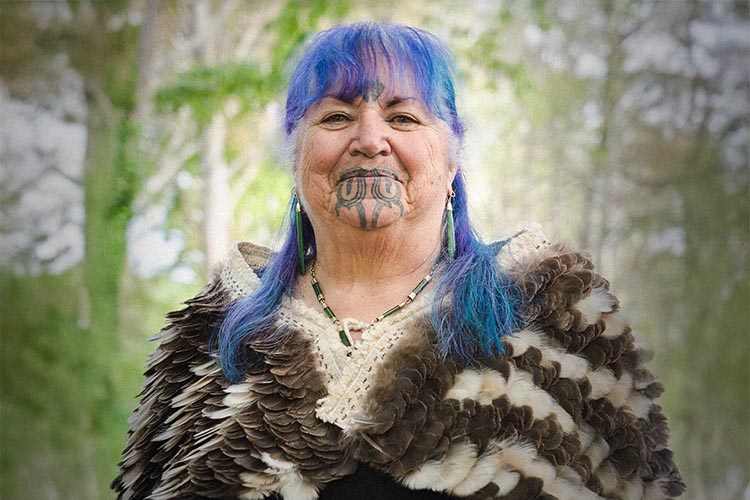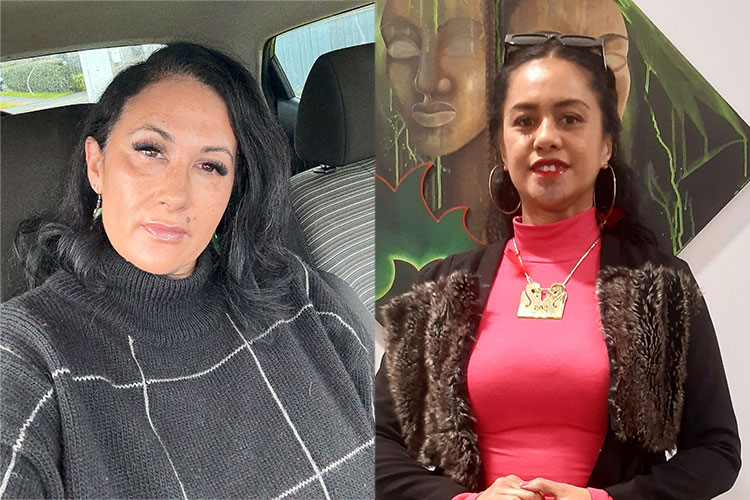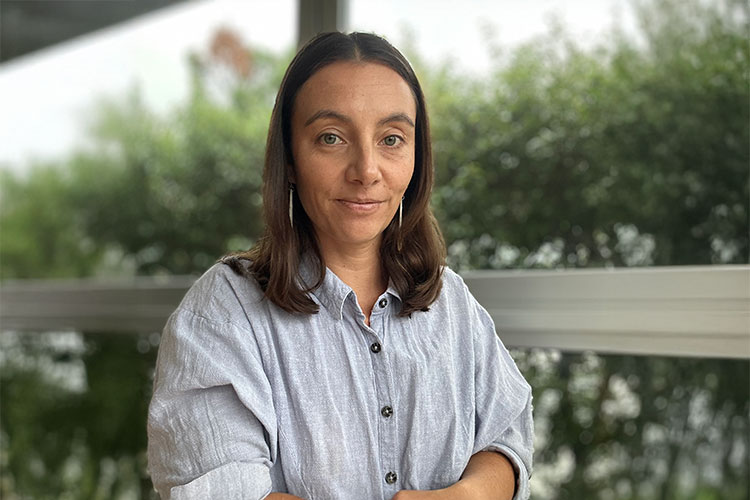Te Wānanga o Aotearoa will attend the prestigious Toi Kiri World Indigenous Arts Festival in Mt Maunganui for the first time this year. Eight kaiako (teachers) will participate in the festival, which gathers Indigenous artists from around the world to showcase their art.
The festival originally began with a focus on tā moko and indigenous tattoo but is expanding into showcasing other cultural arts. Started by Te Tuhi Mareikura Trust in 2019, Toi Kiri is now an immersive artist experience featuring musicians, performers, and kai. The festival will be held from Friday, 29 September to Sunday 1 October at Whareroa Reserve.
Te Wānanga o Aotearoa will attend as the Rauangi Whānau and will host workshops during the three days. The name Rauangi Whānau has been chosen to recognise this collective of rauangi (visual art) kaiako. Toni Herangi, kaiako from Rāhui Pōkeka (Huntly) will be holding a native paints workshop alongside a printmaking workshop, and two kaiako will be doing tā moko.
Kim Marsh, Kairuruku Rauangi (National Programme Manager) says a key reason Te Wānanga o Aotearoa kaimahi are attending the festival is to network and connect with other artists in the global Indigenous community.
"We want our kaiako to collaborate and learn with other artists, to share knowledge and experience, and showcase to their tauira (students) what they have seen and learnt. We want to encourage and enable our tauira to engage in the global indigenous toi space.” says Kim.
Te Wānanga o Aotearoa has respected arts programmes available across many campuses, covering traditional and modern methods. Tauira can learn visual arts, raranga (weaving), whakairo (carving) and other techniques from kaiako who are often distinguished artists themselves.
“Our team is diverse, in terms of what we can do. They are not only kaiako, they are dedicated artists themselves and some are becoming well-known within Toi Māori,” says Kim.
Te Wānanga o Aotearoa kaiako attending are:
- Heramaahina Eketone – paint, printmaking, raranga, whakairo, uku, tā moko (Ōtepoti)
- Lila Te Kani – paint, printmaking, drawing and design, digital design (Tauranga)
- Rawiri Horne – tā moko, paint, digital design, drawing and design (Ōtautahi)
- Johnny Moetara – paint, print, tā moko, drawing and design (Turanga-nui-a-kiwa)
- Marewa Severne – paint, printmaking, drawing and design, raranga (Ōtepoti)
- Tiffany Makoare – tā moko, digital design, paint, drawing and design (Taumarunui)
- Toni Herangi – paint, drawing and design, raranga, whatu, hanga tae (Rāhui Pōkeka).


